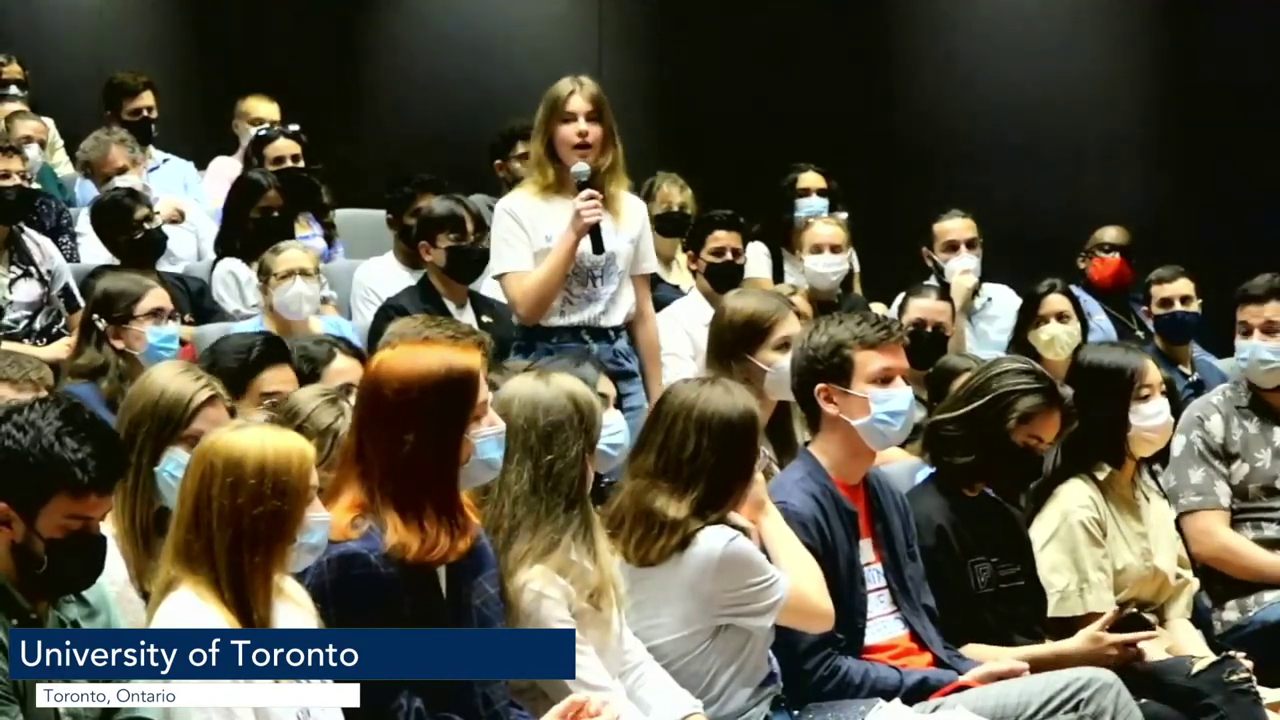:format(webp)/https://www.thespec.com/content/dam/localcommunities/ancaster_news/news/2022/06/22/nearly-one-third-of-hamilton-public-school-students-say-they-re-not-heterosexual/10326737_Prideflag.JPG)
Almost a 3rd of Hamilton public college college students say they don’t establish as being heterosexual — a far larger share than their academics and different workers.
The general public board’s first-ever scholar census reveals 68 per cent of 15,773 respondents in Grades 5 to 12 recognized as being “heterosexual/straight.” That compares to 87.5 per cent of workers who did so in a 2019 worker census.
Amongst non-heterosexual college students, 13 per cent recognized their orientation as “questioning,” eight per cent as bisexual, 5 per cent as asexual, 4 per cent as pansexual, two per cent as lesbian, two per cent as queer and one per cent as homosexual.
Fewer than one per cent recognized as two-spirit. As a result of college students may examine a couple of class and numbers have been rounded, the full percentages added as much as barely greater than 100.
Sexual orientation is only one of 9 areas probed by the census survey, which additionally included questions on race, faith, gender identification, language spoken at house, nation of delivery, citizenship or immigration standing, disabilities and Indigenous identification.
The voluntary, confidential survey was open to college students in all grades and 24,177 took half, or 48 per cent of these eligible, however college students in junior kindergarten to Grade 4 have been excluded from the query about sexual orientation.
Requested about their race, 62 per cent of scholars described themselves as being white — once more, effectively beneath the 88 per cent of workers who did so within the worker census.
Ten per cent of scholars described themselves as South Asian, 10 per cent as Center Japanese, eight per cent as Black, 5 per cent as East Asian, 5 per cent as not sure, 4 per cent as Southeast Asian, two per cent as Indigenous and two per cent as Latino/Latina/Latinex.
Seven per cent chosen a number of racial identities.
Board chair Daybreak Danko stated provincial laws requires college boards to collect and report knowledge surveyed by the census to assist establish and deal with system obstacles college students face at college.
She stated the board launched the survey in Could 2021 however needed to reopen it twice due to a low response charge, which she attributed to the pandemic.
“Census knowledge, we all know, is step one in understanding the make-up of the (board’s) scholar inhabitants,” Danko stated throughout a June 20 presentation of the outcomes to media.
“(This) will assist us higher perceive the wants of our college students and households in order that we are able to make evidence-informed selections.”
Yohana Otite, the college board’s human rights and fairness officer, stated the outcomes may even assist assess how the scholar make-up compares with workers when the subsequent worker census is carried out in a couple of years.
She stated an present employment fairness plan checked out labour-market availability knowledge to find out how the board’s worker make-up in contrast with the broader Hamilton inhabitants.
“It was recognized that, for instance, Black, racialized educators or workers typically was under-represented, so primarily based on that an employment fairness motion plan has been created,” Otite stated.
Different scholar census findings embody:
— On faith, 28 per cent recognized as Christian, adopted by 21 per cent who have been Muslim, 21 per cent who had no affiliation, 10 per cent who have been atheist, 9 per cent who have been agnostic, six per cent who have been non secular however not non secular, three per cent who have been Hindu, two per cent who have been Buddhist and two per cent who have been Sikh.
— Requested if they’ve a incapacity, 11 per cent stated sure and eight per cent have been not sure.
— 4 per cent stated they establish as Indigenous, with one other 11 per cent not sure.
— College students reported talking 152 languages at house, with English the most typical at 88 per cent, adopted by Arabic at six per cent, Urdu at three per cent, French at two per cent and Punjabi at two per cent.
